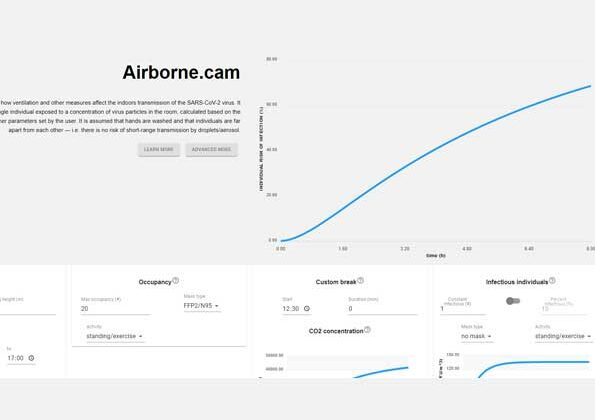Early blood-sugar levels in type 2 diabetes crucial for future prognosis
People who get type 2 diabetes need to gain control of their blood-sugar levels — fast. The years immediately after diagnosis are strikingly critical in terms of their future risk for heart attacks and death. This is shown by a joint study from the Universities of Gothenburg and Oxford.
In a collaboration between the University of Gothenburg in Sweden and the University of Oxford in the UK, the significance of blood sugar levels from the time type 2 diabetes is diagnosed for the risk of heart attacks and death has been studied. The project was led jointly by Professor Marcus Lind in Gothenburg and Professor Rury Holman in Oxford.
The research was based on a key trial in type 2 diabetes, the UK Prospective Diabetes Study (UKPDS). This new analysis examined the role of blood-sugar levels in the first years after type 2 diabetes was diagnosed for the prognosis of myocardial infarction and death 10–20 years later.
The results, presented in the scientific journal Diabetes Care, show that blood-sugar levels early in the course of the condition have a much greater impact on the future prognosis than had been thought previously. They show that targeting blood-sugar levels according to treatment guidelines (HbA1c 52 mmol/mol or lower) from the time of diagnosis was associated with an approximately 20 percent lower risk of death 10–15 years later, compared with targeting a higher blood-sugar level (HbA1c 63 mmol/mol). In addition, it showed that delaying the introduction of good blood-sugar levels until 10 years after diagnosis was associated with only a 3% lower risk of death.
“These latest results are evidence that proper early blood-sugar treatment in type 2 diabetes is crucial to optimise diabetes care. Previously we haven’t performed this kind of analysis, or understood just how important early blood-sugar control is for the prognosis. They also mean that there is a need for a greater focus on detecting type 2 diabetes at the earliest opportunity to prevent people living with undetected high blood-sugar levels for several years,” says Professor Marcus Lind.
Professor Rury Holman, from the Radcliffe Department of Medicine at the University of Oxford, said “These new results provide a mechanistic explanation for the glycaemic ‘legacy effect’, first identified by the UKPDS, whereby instituting good blood-sugar control in newly-diagnosed type 2 diabetes was shown to reduce the risks of diabetic complications and death for up to 30 years. The discovery of the ‘legacy effect’ has led treatment guidelines worldwide recommending the need to achieve good blood-glucose control as soon as possible”.
Source: University of Gothenburg
Full bibliographic information
Historical HbA1c Values May Explain the Type 2 Diabetes Legacy Effect: UKPDS 88
Marcus Lind, Henrik Imberg, Ruth L. Coleman, Olle Nerman, Rury R. Holman
Diabetes Care





